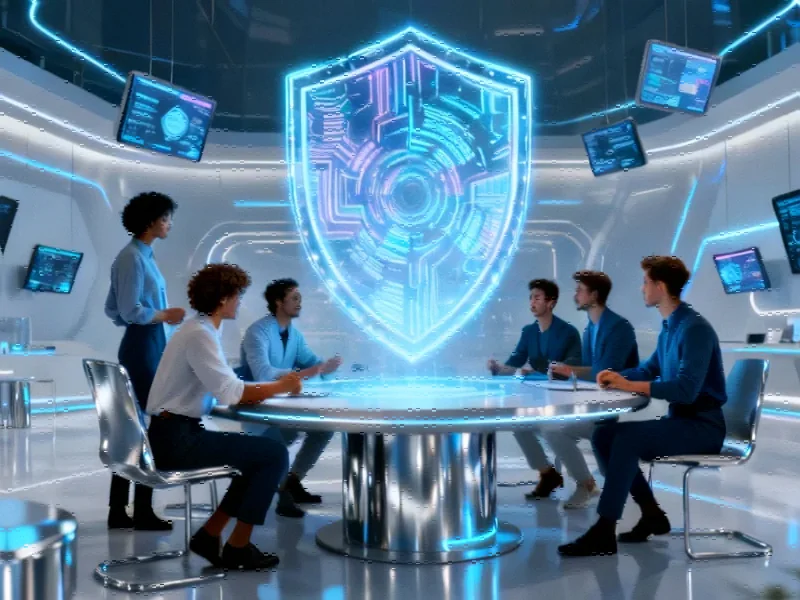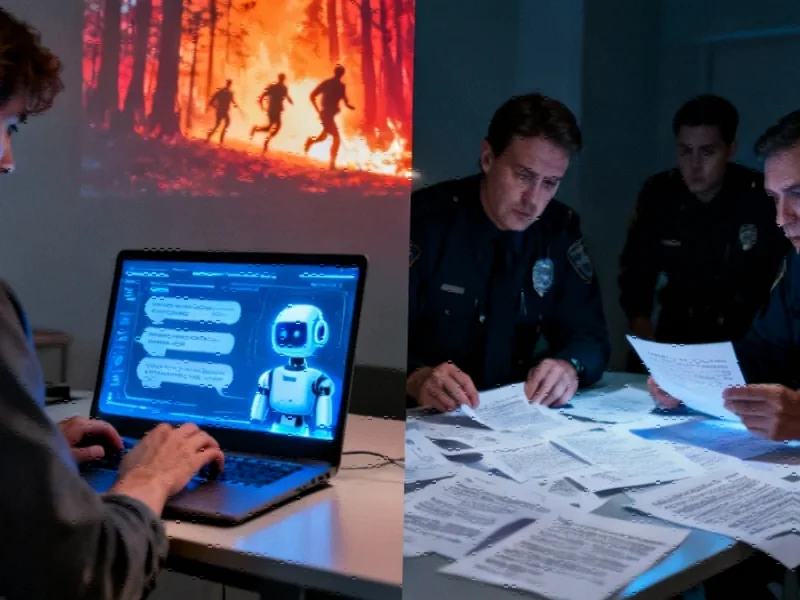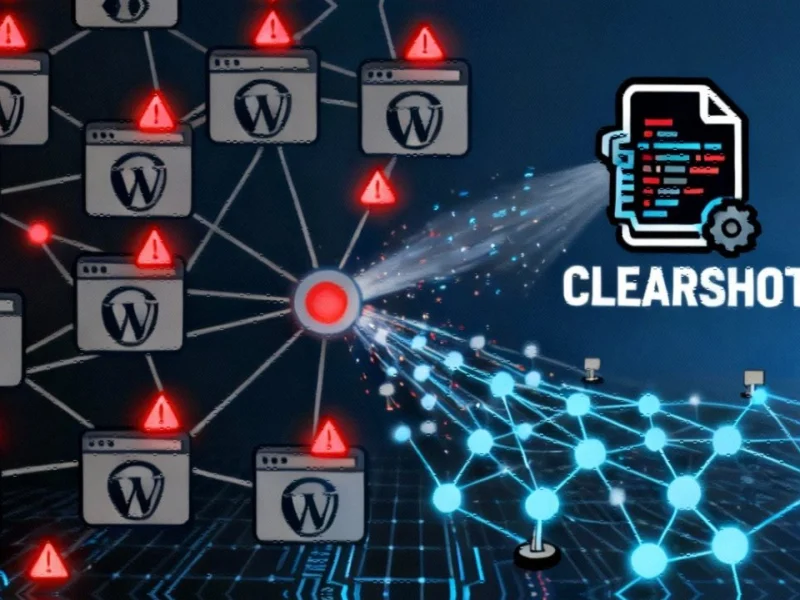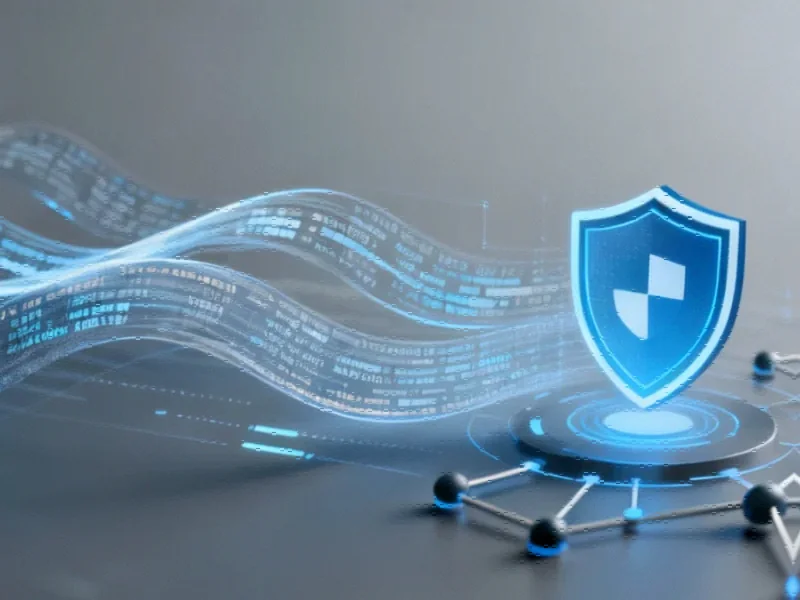The Paradigm Shift in Cybersecurity Recruitment
As artificial intelligence transforms industries worldwide, cybersecurity hiring practices are undergoing a fundamental revolution. Traditional emphasis on degrees and certifications is giving way to a more nuanced approach that values human qualities and adaptable skills. Industry leaders now recognize that the most effective cyber defenders often come from unconventional backgrounds, bringing diverse perspectives that technical training alone cannot provide.
Beyond Academic Credentials: The New Hiring Criteria
Major organizations are fundamentally rethinking what makes a successful cybersecurity professional. “The road to success doesn’t necessarily go through a four-year degree,” emphasizes Dwan Jones of ISC2, reflecting a growing industry consensus. Companies like Mastercard have implemented hiring philosophies that prioritize real-world experience over educational pedigree, recognizing that diverse backgrounds often provide unique problem-solving capabilities.
Dr. Alissa Abdullah, Mastercard’s Deputy CSO, illustrates this approach with compelling examples: “We’ve successfully hired former police officers whose experience in identifying fake IDs translated perfectly to identity management, and even former radio DJs who use storytelling as a core security tool.” This strategic shift acknowledges that cyber adversaries don’t require formal degrees, so defenders shouldn’t be limited by traditional academic requirements either.
The Rise of Durable Skills in Cybersecurity
As cybersecurity hiring revolution continues to evolve, employers are placing greater emphasis on what SentinelOne’s Erin Kelly calls “durable skills” – including collaboration, curiosity, and interpersonal effectiveness. These human qualities cannot be easily automated or replicated by AI, making them increasingly valuable in an industry facing sophisticated threats.
Moderator Simone Petrella of N2K Networks reinforces this perspective: “Companies need strategies that look beyond pure cybersecurity skills to durable skills that withstand technological change.” This approach represents a significant departure from traditional technical-focused hiring and reflects the complex, human-centric nature of modern cybersecurity challenges.
AI’s Double-Edged Sword in Recruitment
The recruitment landscape has become increasingly complex as both employers and candidates leverage artificial intelligence. Organizations use AI for initial resume screening, while applicants employ sophisticated methods to bypass these systems – including embedding invisible text to trick algorithms. This technological arms race has made authentic human assessment more critical than ever.
Dawn-Marie Vaughan of DXC Technology describes how her team looks for “little Easter eggs” in applications – personal touches, hobbies, and individual expressions that demonstrate genuine human input. These personal markers have become crucial differentiators in an environment where AI-generated content is increasingly sophisticated. This focus on authenticity reflects broader industry developments in verification and validation processes.
Practical Assessment Methods Replacing Traditional Interviews
Forward-thinking organizations are implementing innovative evaluation techniques to identify genuine talent. DXC Technology, for example, uses live-fire testing – realistic simulations of cyber attacks that require candidates to demonstrate skills in real-time without relying on references or AI assistance. This hands-on approach provides tangible evidence of capability beyond what resumes or interviews can reveal.
The sophistication of digital deception has reached a point where Mastercard now requires in-person interviews at company facilities, recognizing that deepfake technology can compromise remote assessments. This shift underscores how cybersecurity hiring has become a matter of national and corporate security, not merely HR compliance. These evolving practices align with market trends toward more rigorous verification processes across industries.
Building Resilient Teams Through Diverse Talent Pipelines
Debbie Sallis, founding executive director of The Cyber Guild, emphasizes that strengthening cybersecurity requires comprehensive organizational commitment: “Organizations must invest in diverse talent pipelines, support alternative career pathways and give talent real-world experience.” Successful employers are those who invest in reskilling and upskilling employees who align with organizational values and mission.
This holistic approach to talent development represents a significant departure from traditional recruitment models. Companies are discovering that internal development programs and alternative career paths often yield more committed and effective team members than conventional hiring from competitor organizations. These strategic workforce initiatives complement broader related innovations in professional development and education.
The Human Element as Ultimate Defense
Teresa Shea, former NSA Signals Intelligence Director, summarizes the emerging consensus: “As digital deception grows, the strongest cybersecurity teams will be those built on integrity and critical thinking, not just technical proficiency.” She encourages managers to “trust, but verify” potential candidates, recognizing that leadership imperatives in cybersecurity have never been more crucial.
The cybersecurity workforce of tomorrow will be defined not by academic credentials, but by individuals who demonstrate continuous learning, effective collaboration, and adaptive thinking. In a field dedicated to protecting humanity from evolving digital threats, human qualities – creativity, ethics, perseverance, and critical thinking – are becoming the most valuable qualifications. This human-centric approach reflects important recent technology sector transformations toward more holistic talent evaluation.
The message from industry leaders is clear: technical skills can be taught, but the human qualities that make exceptional cybersecurity professionals are cultivated through diverse experiences and perspectives. As the threat landscape grows more sophisticated, the defenders who will prove most effective are those who bring their full humanity to the challenge.
This article aggregates information from publicly available sources. All trademarks and copyrights belong to their respective owners.
Note: Featured image is for illustrative purposes only and does not represent any specific product, service, or entity mentioned in this article.



